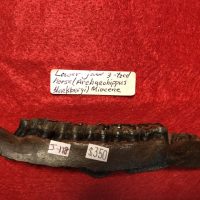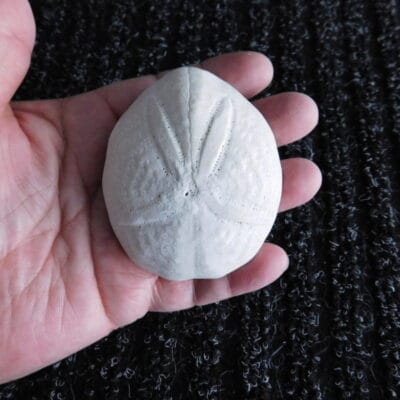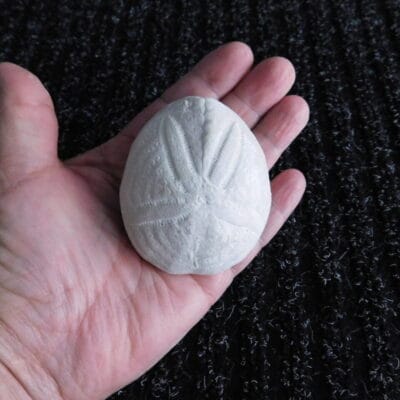Description
Lower Jaw from Three Toed Horse Five Teeth Archaeohippus blackberyi. Very solid Fossil. (Five complete teeth)
Archaeohippus blackbergi
Quick Facts
Common Name: Blackberg’s dwarf horse
Archaeohippus is a genus of three-toed horses that lived 19 to 13 million years ago in North America. Two of the five known species lived in Florida.
Archaeohippus blackbergi was small, weighing approximately between 50 and 66 pounds.
A mounted skeleton of Archaeohippus blackbergi is on permanent public display in the Hall of Florida Fossils at the Florida Museum of Natural History. It is a composite, made up of hundreds of isolated bones from Thomas Farm, matched with those of similar size. It is the only mounted skeleton on display in the world for the genus Archaeohippus.
Age Range
Late early Miocene Epoch; Hemingfordian 1 and 2 land mammal ages
About 19 to 16 million years ago
Scientific Name and Classification
Archaeohippus blackbergi Hay, 1924
Source of Species Name: Named for Dr. Solon N. Blackberg, a professor of veterinary medicine at Texas A&M University. According to Hay (1924), Blackberg was “an enthusiastic assistant” to Dr. Mark Francis, also a professor at Texas A&M, during the collection of vertebrate fossils later studied by Hay.
Classification: Mammalia, Eutheria, Laurasiatheria, Perissodactyla, Hippomorpha, Equidae, Equinae
Alternate Scientific Name: Miohippus blackbergi, Parahippus blackbergi, Parahippus minutalis, Archaeohippus nanus































Reviews
There are no reviews yet.